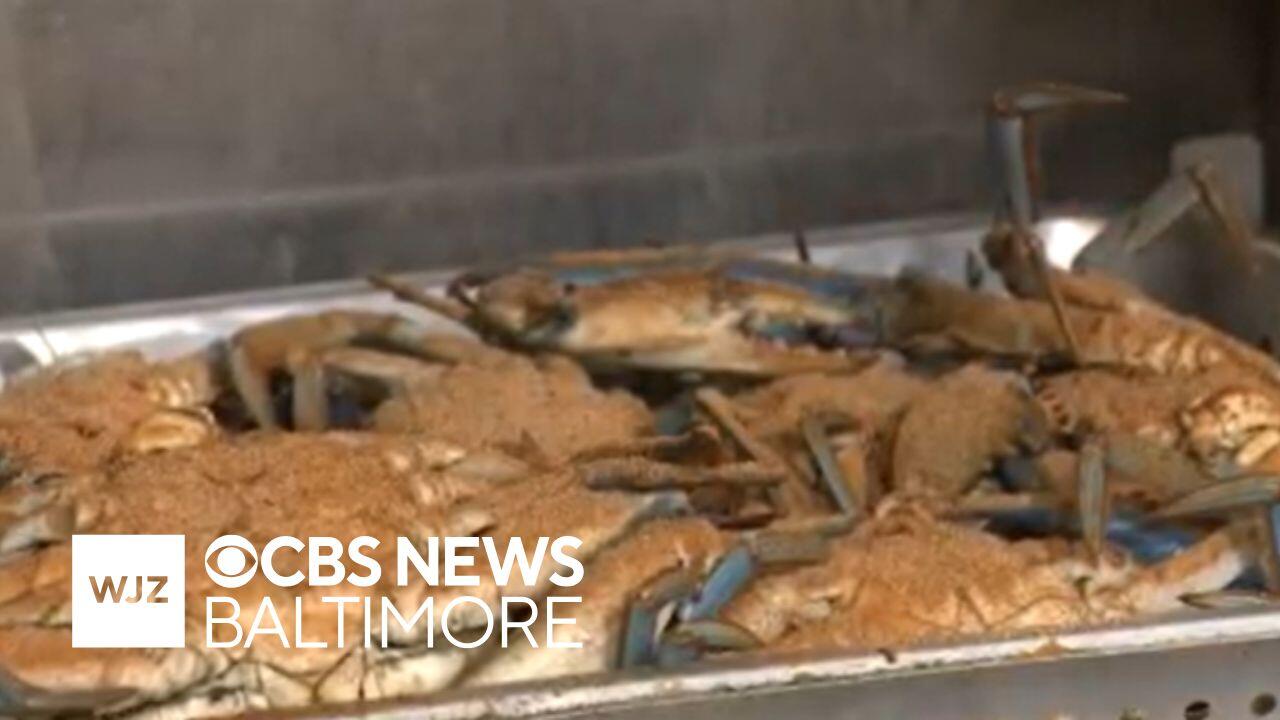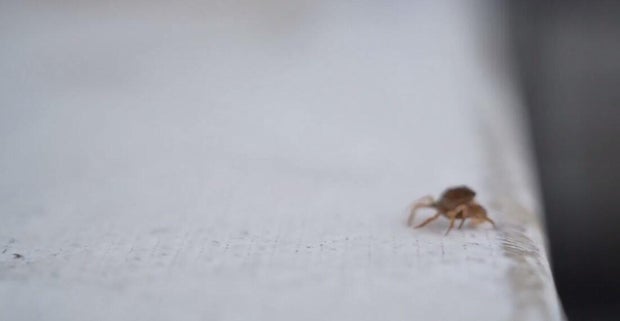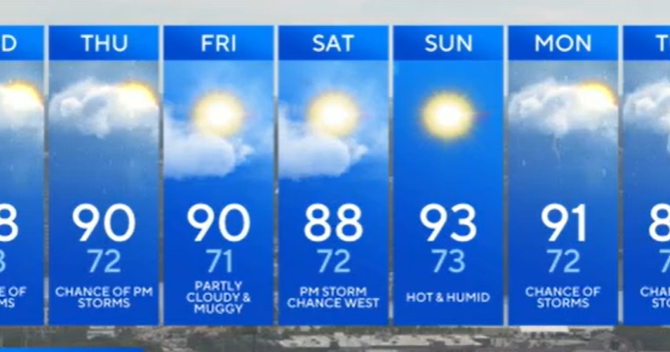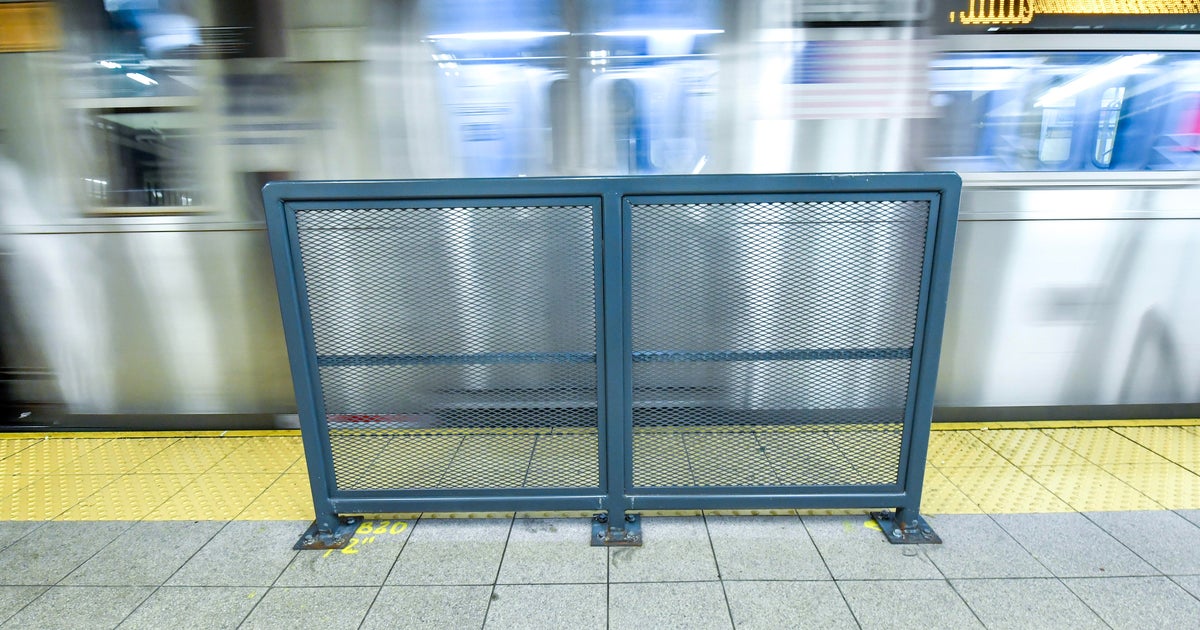Could Maryland's declining crab population impact the price of your next feast?
The blue crab population in Maryland's Chesapeake Bay is among the lowest it's been in 35 years, but watermen say that doesn't necessarily mean crabs will cost you more this summer.
A survey by the Virginia Institute of Marine Science and the Maryland Department of Natural Resources estimated total crab abundance is at 238 million, a 25% drop from 317 million in 2024. This is the lowest count since surveys began in 1990.
Blue crab population declines in Maryland and Virginia
According to the report, this year's decline affected all population segments. The population of adult male crabs dropped to 26 million, adult female crabs dropped to 108 million and juvenile crabs dropped to 103 million.
The numbers are significantly lower than those in the 2024 report, which showed levels were slightly below average.
"It's definitely a red flag, and people should be considering what comes next for blue crabs," said Dr. Allison Colden, Maryland Executive Director of the Chesapeake Bay Foundation. "We have seen the number of females around this range produce many more juvenile crabs than we are seeing now. What that signals to us is that there may have been a shift in the Chesapeake Bay ecosystem."
The blue crab is an indicator of the overall health of the bay, according to the Chesapeake Bay Foundation (CBF).
The annual survey between Maryland and Virginia looks at 1,500 sites and is conducted in the winter when crabs are embedded in the bottom of the bay and not moving. The numbers are then translated to the summer season.
The number of juvenile crabs is also a key observation that provides a better scope of what the population will look like in the summer and fall.
Why are blue crab populations declining?
Blue crab populations can vary dramatically year-to-year due to weather trends, predator numbers and habitat availability.
The loss of critical crab habitats, such as underwater grasses, threatens the species.
Invasive predators like blue catfish also pose a significant threat to blue crabs, so much so that the CBF recommends that fishermen catch and sell them to help the bay.
Climate change and polluted runoff can be detrimental to young and spawning crabs.
Chesapeake Bay area residents believe blue crabs are the bay animal that is most in need of protection, according to a poll taken by the Chesapeake Bay Foundation earlier in 2025.
Demand for blue crab in Maryland
The blue crab is the economic engine of the Chesapeake Bay and a summer staple on the shores of Maryland. They are not only a delicious meal, but the bread and butter of business on the bay.
The crabbing industry in Maryland adds $600 million to the state's economy. It's the state's largest fishery and provides half of the country's blue crabs.
Watermen spend hours on the bay, hoping their pots are plentiful and reminiscing about days gone by when there were more crabs to catch.
Nicholas Malec has been on the water his whole life, working with his family. His grandparents owned Lady Frances Crab House in Essex when he was growing up. Still family owned, it has been in business for 29 years.
"There used to be a lot of crabs back in the day. A lot. Nowhere near what's there now. They used to go out, catch as many as they want and come in," said Malec.
Regardless of supply, the demand from customers is ever present, especially on warm summer weekends. The unpredictability of the business is a challenge for crab houses.
"There are days we have to close because we don't have crabs," Malec said. "Like today, we went out and it wasn't that good. Tomorrow, we could go out and catch them again."
Robbie Seiders has been on the water for 20 years. He used to sell crabs wholesale from his home. He built a steam trailer to sell this summer in Bowley's Quarters and Brooms Bloom in Harford County.
The season sputtered to a start after a spring cold snap. The warmer temperatures mean more crabs to catch and sell.
He took us out to check his pots, finding a sliver of optimism for the rest of the season. After being in the water just a few hours, his pots contained not only a jumbo crab, which he can sell for a lot of money, but also a juvenile crab, which signifies hope for the seasons ahead.
"Normally, something like that would need to be there for a couple days, but to have them go in there in a few hours, that's pretty good," Seiders said. "I was going to take tomorrow off, but I don't think I am anymore."
Impact on crab prices in Maryland
Watermen say that as the water gets warmer, their crab pots are filling up. But what does this mean for crab prices this summer?
"Just because you're not catching anything doesn't mean you can jack the price up through the roof, because then people just won't want them," Seiders said.
Malec agreed, noting that his prices stay the same, so customers know what to expect.
"Stay kind of consistent with everybody," Malec said. "When we have a lot of crabs, we try to drop our prices to get rid of them."
These watermen said Marylanders won't have to dig further into their wallets to buy crabs this summer. The major price driver isn't the supply, but the thousands of dollars it takes to even be on the water.
"To maintain the boat, to pay help, to pay to keep the boat at the dock, or to keep up with new crab pots. They're things are very expensive," Seiders explained. "Those are the kinds of things that drive the price of crabs up. I'm pretty optimistic for the rest of the season. I think we are going to have a great year all the way up until it gets cold, maybe Halloween, maybe even Thanksgiving."





